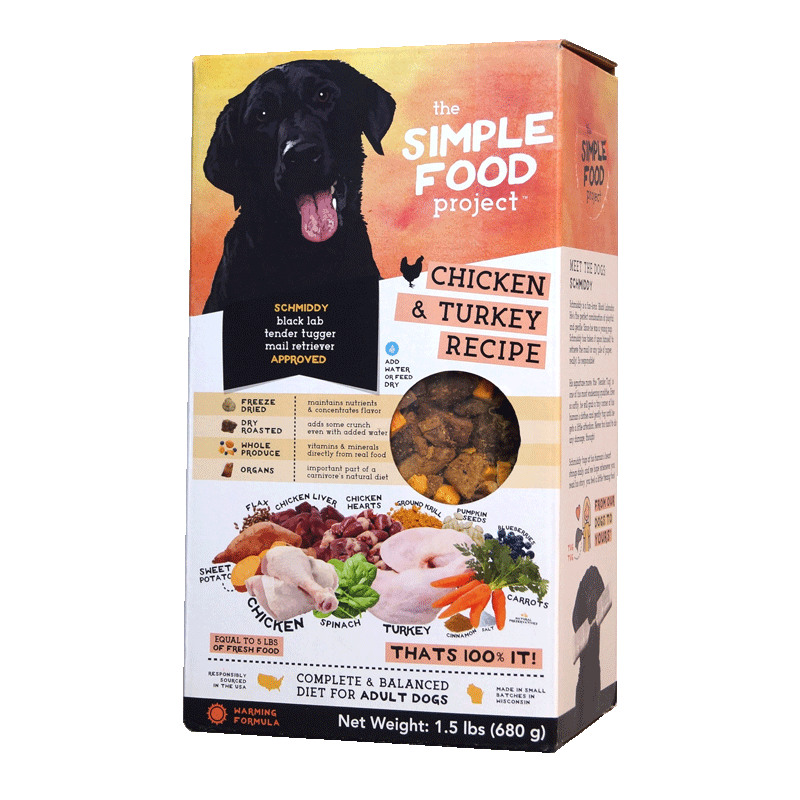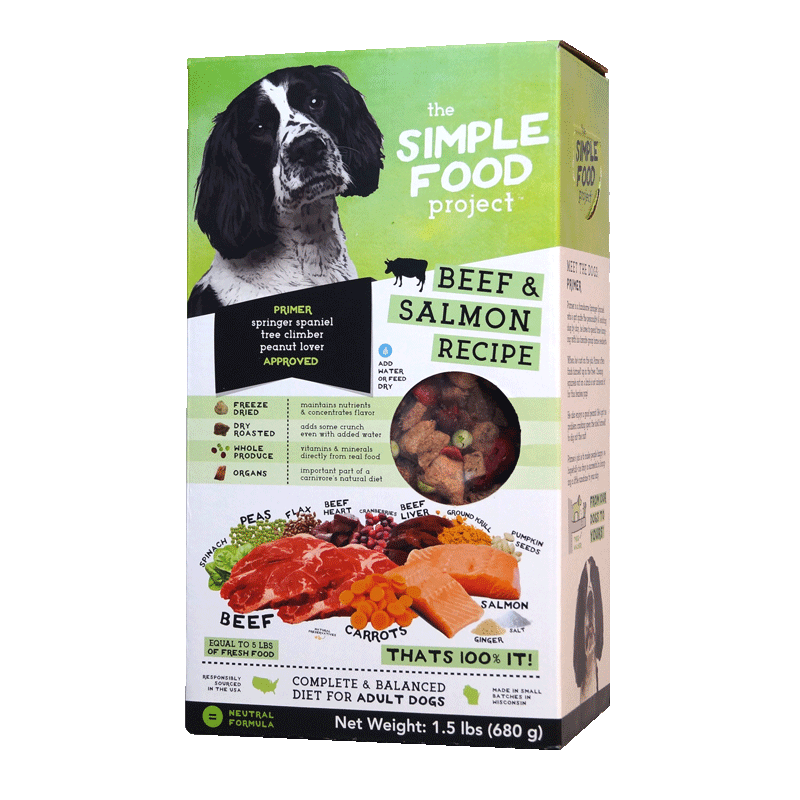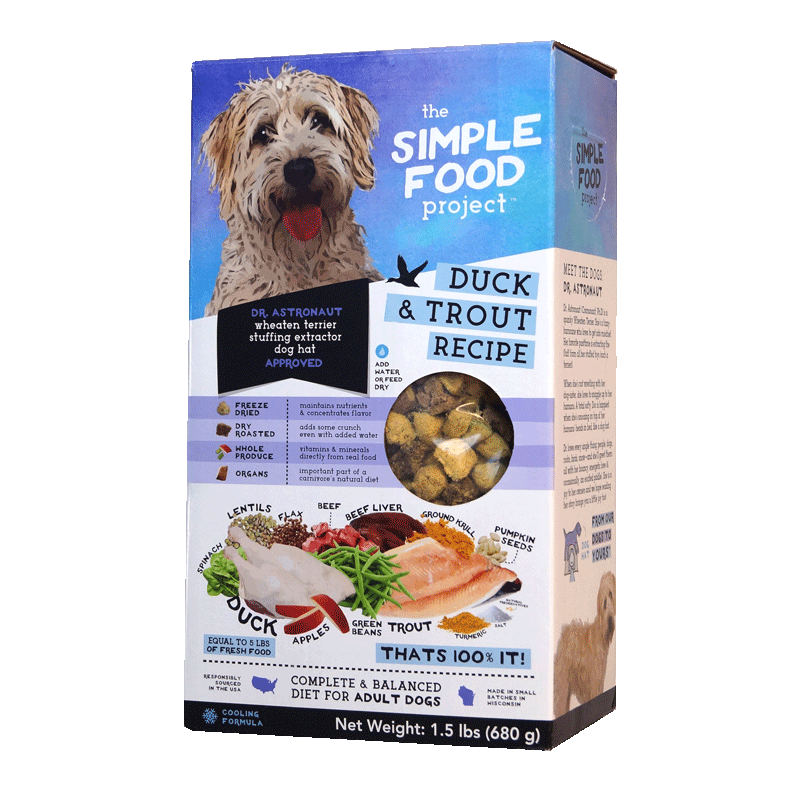
In the holistic sense, prescription diets should never be complete and balanced. By its very nature, a prescription diet is assigned to animals who have an imbalance in their bodies with the sole purpose of counteracting that imbalance. If a dog is severely lacking in Zinc and Iron, a “prescribed diet” would be something that is very high in Zinc and Iron to help get the dog’s body back where it needs to be.
A Temporary Mission
A true prescription diet wouldn’t be a lifetime assignment, either (at least not for most purposes). The animal may just need a temporary boost in a specific area, but as soon as the animal’s body reaches normal levels of whatever it was lacking, it should generally go back on a complete and balanced diet to maintain the balance it achieved.
To demonstrate this, imagine you’re standing on a piece of plywood that’s balanced on top of a paint can. If you’re too far to one side, you’ll start to pull the whole board off balance. So, to correct yourself you walk toward one end of the board. But once you reach the middle, you don’t just keep walking to the other side, because then you’ve become unbalanced in the other direction. You have to walk to get yourself back to the middle, but then stop walking once you reach the center.
1 A dog with an internal imbalance is like someone standing on the far side of a teetering board. The animal may need help attaining correct balance through a prescription diet.

2 What SHOULD happen: the dog stays on the prescription diet until his condition is corrected. Once he gets back to a balanced state, he returns to a normal, complete & balanced diet to maintain that balance.

3 What usually happens: the dog stays on the prescription diet until his condition is corrected, but continues on the prescription diet, overcorrecting his original condition. (He’ll now need a DIFFERENT prescription diet to correct this overcorrection and bring him back to normal).

"Prescription" has taken on a new meaning
The other confusing element to this issue is that many “prescription diets” aren’t prescription at all: they’re just another complete and balanced formula, intended to be fed indefinitely, with a new marketing twist.
No one regulates it
To reiterate: true prescription diets are not (and should not be) complete and balanced. But to slap a “prescription diet” label on your packaging requires no more than the correct letters on your designer’s keyboard. No one regulates or verifies whether or not a prescription diet is actually worthy of its claim. It’s bogus, but its such an easy way to make almost twice as much money on almost the same exact formulas, and thus why so many big companies do it.
Over at Dogs Naturally, Editor Dana Scott compares some of the big name brands’ regular diets and prescription diets, and the outcomes are…disheartening to say the least.
In this day and age, it’s best to go for diets that are healthy by way of their ingredient decks – not by the marketing tactics they use on the bag.

More Good Info: Food Charts
Food can be its own medicine. In understanding food energetics, you can help feed your dog foods that will maintain his internal balance. Check out our food charts to learn more!
Not prescription. Just healthy.
Avoid the stress of finding the right over-the-counter-but-still-somehow-prescription diet, and just feed your pooch some simple and healthy food:
Spread knowledge:

About the Author
Joslin Lee is the graphic designer and content writer/editor for The Simple Food Project. She's got two dogs (Dr. Astronaut and Bevers), a ferret (Space Weasel 5000) and a goldfish (Sea Bean). Lately, she's been staying busy cookin' up the cutest little baby (coming Feb 2018).
800-451-5267
info@simplefoodproject.com
1823 Executive Drive
Oconomowoc, WI 53066
The Simple Food Project
1823 Executive Drive
Oconomowoc, WI 53066
800-451-5267





